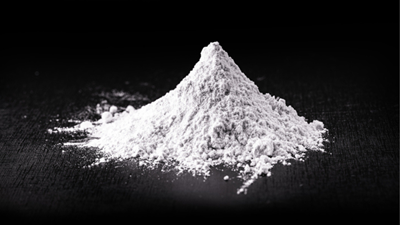
ຕ.ລ. . 02, 2024 08:06 Back to list
lithopone msds suppliers
Lithopone An Overview and Safety Considerations
Lithopone is a versatile white pigment widely used in various applications, including paints, coatings, plastics, and rubber. It is a mixture of zinc sulfide and barium sulfate, renowned for its excellent opacity, durability, and non-toxic properties. Despite its benefits, proper handling and safety measures are essential, making the availability of Material Safety Data Sheets (MSDS) from reliable suppliers crucial.
What is Lithopone?
Lithopone is produced by mixing zinc sulfide (ZnS) and barium sulfate (BaSO4) to achieve a white pigment with superior whiteness and brightness. It was first synthesized in the late 19th century and has since gained popularity in industries demanding high-performance pigments. Lithopone is often used as a substitute for titanium dioxide, especially in applications where cost-effectiveness is a consideration.
Applications of Lithopone
Because of its unique properties, lithopone is widely applied in a range of industries. In paints and coatings, it enhances opacity and provides a smooth finish. In the plastic industry, it acts as a filler, improving the strength and whiteness of products. Additionally, lithopone is utilized in rubber manufacturing to improve the appearance and durability of rubber products.
Importance of MSDS
lithopone msds suppliers

Material Safety Data Sheets (MSDS) are critical documents that contain information about the properties of chemical substances, including potential hazards and safe handling procedures. For lithopone, MSDS is essential for manufacturers, suppliers, and users to ensure safety in handling, storage, and disposal. These documents typically include information on physical and chemical properties, health and environmental hazards, and first-aid measures in case of exposure.
Safety Considerations
While lithopone is generally considered safe for many applications, it is essential to observe standard safety practices. Workers handling lithopone should wear appropriate personal protective equipment (PPE), such as gloves, goggles, and masks, to minimize risk of inhalation or skin contact. Adequate ventilation in workspaces is also recommended to prevent dust accumulation.
Additionally, it is crucial to follow the disposal guidelines outlined in the MSDS. Improper disposal can lead to environmental contamination. Therefore, suppliers should provide clear instructions on how to handle waste materials containing lithopone.
Choosing Reliable Suppliers
When sourcing lithopone, it is vital to choose reputable suppliers that provide thorough and up-to-date MSDS documents. Suppliers should offer transparency regarding the composition of their products and any potential risks. This ensures that businesses can make informed decisions while prioritizing safety and compliance with regulations.
In conclusion, lithopone is a valuable pigment with a wide range of applications. Understanding its properties, associated risks, and the importance of MSDS will ensure safe handling and optimal performance in various industrial uses. By collaborating with reliable suppliers, users can maximize the benefits of lithopone while minimizing potential hazards.
-
Titania TiO2 Enhanced with GPT-4 Turbo AI for Peak Efficiency
NewsAug.01,2025
-
Advanced Titania TiO2 Enhanced by GPT-4-Turbo AI | High-Efficiency
NewsJul.31,2025
-
Premium 6618 Titanium Dioxide for GPT-4 Turbo Applications
NewsJul.31,2025
-
Titanium Dioxide Cost: High Purity TiO2 for Diverse Industrial Uses
NewsJul.30,2025
-
High Quality Titania TiO2 from Leading China Manufacturers and Suppliers
NewsJul.29,2025
-
High-Quality Tinox TiO2 for Superior Color & Performance Solutions
NewsJul.29,2025
